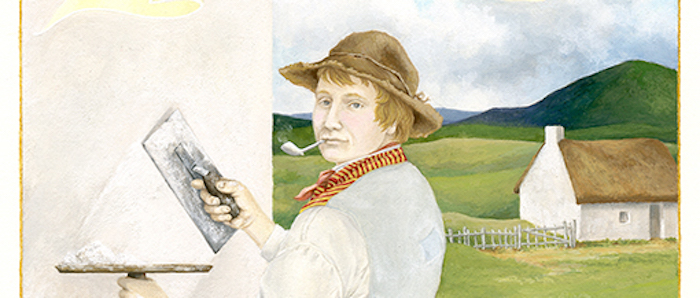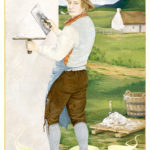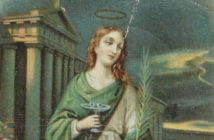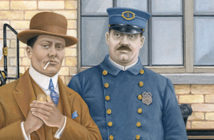The impetus for the Butch Heroes series was curiosity. I had a desire to find out how queer people survived throughout history—specifically, how I would have survived. Obviously, this is a futile question. There is, of course, no way for me to really know how I would have lived, or the choices I would have had to make. But it doesn’t stop me from wondering.
When researching the subjects of the paintings, when I’m face to face with them in an imaginary sense, I often think about their lives. If I’m honest with myself, there is probably no way I would have done the things that they did to survive. Mary de Chaumont en Bassigni, for instance, opted for death over living life as a woman in sixteenth-century France. At the least it would have meant wearing women’s clothing, doing women’s work, but also likely submitting to a heterosexual relationship, having children, and giving up the autonomy they had as a man. If faced with that decision, what would I have done?
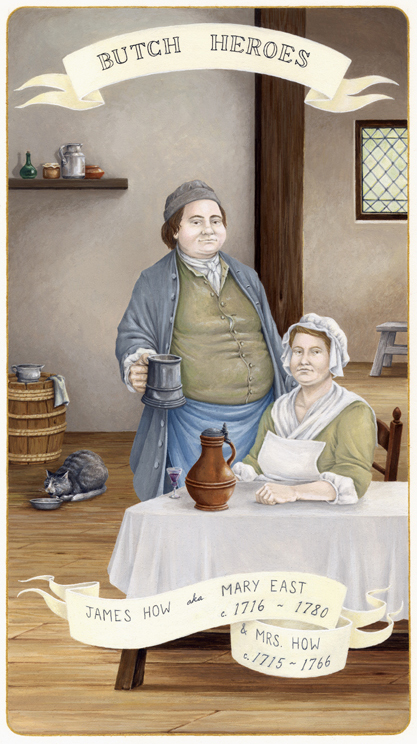
Ria Brodell, "James How aka Mary East & Mrs. How
c. 1716-1780 and c. 1715-1766 England," 2011, gouache on paper, 11 x 7 inches, Courtesy of the artist.
Or Jean Bonnet—arrested numerous times for wearing men’s clothing. All of my clothes are “men’s clothes.” Would I still wear them if it meant getting arrested and fined repeatedly? I don’t even like to jaywalk. But the thought of wearing women’s clothing makes me extremely uncomfortable. I’m not sure what I would have done.
I can see myself in John Oliver, leaving town every time they were “discovered,” but what a pain in the ass. I hate moving, and looking for new jobs, and leaving friends behind. It’s highly likely Oliver was pretty stressed out and lonely most of the time.

Sophia Parnok and Olga Tsuberbiller, courtesy of the artist.
Ideally, I would have wanted a situation like Okuhara Seiko, Rosa Bonheur, Olga Tsuberbiller, or even Mr. and Mrs. How (without the blackmail of course). They all lived successful lives, with their partners, in a manner that they chose.
Recently I was asked if I ever thought about what my subjects would think of their portraits, or the fact that they are included in such a project. It was a hard question to think about. I admit that when I first showed them as a group, with all of them framed on the wall and facing me, it was intense. They were looking back at me and I actually felt the need to address them, not loudly, but I went around and just whispered things to each of them. Maybe I was hoping for their approval, or apologizing in case I really f---ed up their likeness. I like to think that they’d be okay with the project—that they’d understand my reasons for doing it, and would be happy to see that there were others like them.
- Ria Brodell, “Helen Oliver aka John Oliver c. 1795-c. 1820 England,” 2011, gouache on paper, 11 x 7 inches, Courtesy of the artist.
- Ria Brodell, “James How aka Mary East & Mrs. How c. 1716-1780 and c. 1715-1766 England,” 2011, gouache on paper, 11 x 7 inches, Courtesy of the artist.
- Sophia Parnok and Olga Tsuberbiller, courtesy of the artist.

